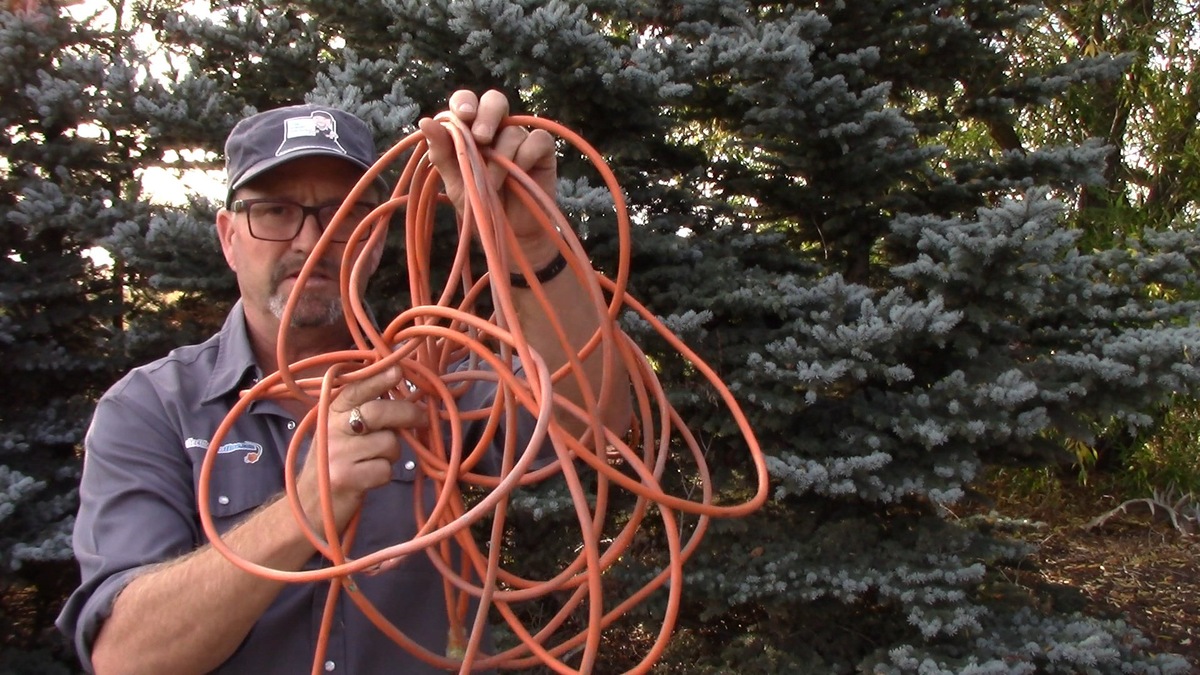

Articles
How Do You Roll Up An Extension Cord
Modified: January 19, 2024
Learn the best way to roll up an extension cord in this informative article. Discover helpful tips and tricks to keep your cords organized and tangle-free.
(Many of the links in this article redirect to a specific reviewed product. Your purchase of these products through affiliate links helps to generate commission for Storables.com, at no extra cost. Learn more)
Introduction
Welcome to the world of extension cords, where a tangle of wires can quickly turn into a frustrating mess. If you’ve ever found yourself wrestling with a jumbled mass of cords, desperately trying to figure out how to untangle them, then this article is for you. In this guide, we will explore the art of rolling up an extension cord, a simple yet highly effective skill that can save you time, prevent damage to your cords, and keep your workspace neat and organized.
Extension cords are a common sight in homes, offices, and construction sites, serving as a lifeline for powering appliances, tools, and electronic devices located further away from electrical outlets. These cords come in various lengths and thicknesses to accommodate different needs and are typically made of a durable outer insulation that protects the wires inside. While extension cords are designed to be flexible and portable, their very nature can also make them prone to tangling and knotting.
So, why should you bother rolling up your extension cords instead of simply tossing them aside after use? The answer lies in the numerous benefits that proper cord rolling offers. First and foremost, a neatly rolled and organized extension cord is easier to store, saving you valuable storage space. It also minimizes the risk of tripping hazards, reduces wear and tear on the cords, and prolongs their lifespan.
Now that we understand why it’s important to roll up our extension cords, let’s dive into the different methods you can use to accomplish this task. From the classic over-under technique to more advanced methods like looping and the figure-eight technique, we will explore a variety of approaches to help you find the one that works best for you.
Key Takeaways:
- Properly rolling up extension cords is crucial for maintaining an organized workspace, preventing damage, and ensuring safety. It saves time, reduces hazards, and extends the lifespan of cords.
- Understanding different rolling techniques, such as the Over-Under, Looping, and Figure-Eight methods, can help you find the best approach for your needs. Using an extension cord reel offers a convenient and organized storage solution.
Read more: How To Hook Electrical Cord Up To A Ballast
Understanding Extension Cords
Before we delve into the art of rolling up extension cords, it’s important to have a basic understanding of what they are and how they work. Extension cords, also known as power cords or electrical cords, are flexible cables designed to transmit electrical power from a power source to devices located further away.
Extension cords typically consist of three main components: conductors, insulation, and a protective outer covering. The conductors, usually made of copper or aluminum, carry the electrical current from the power source to the device. The insulation surrounding the conductors prevents the current from escaping and reduces the risk of electrical shock. Lastly, the outer covering, often made of PVC or rubber, provides protection against external damage.
Extension cords come in various lengths and thicknesses, allowing you to choose the right cord for your specific needs. The length of an extension cord determines how far away you can place your device from the power source, while the thickness, measured in gauge, determines the cord’s capacity to handle electrical current. Thicker cords with lower gauge numbers can handle higher wattage loads and are suitable for heavy-duty applications, such as powering appliances or power tools.
When using extension cords, it’s essential to consider the wattage requirements of the devices you’re connecting. Overloading an extension cord by plugging in devices that exceed its capacity can lead to overheating, melting of the insulation, and even fire hazards. Make sure to check the wattage rating of both the extension cord and the devices you’re using to ensure they are compatible.
Another factor to keep in mind is the environment in which you’ll be using the extension cord. Outdoor extension cords are specifically designed to withstand harsh weather conditions and are equipped with additional insulation and durable outer coverings. Using indoor extension cords outdoors can pose a safety risk and may damage the cord.
Now that you have a better understanding of extension cords and their components, let’s move on to the importance of properly rolling them up to maintain their functionality and longevity.
Why Roll Up Extension Cords?
You may be wondering why it’s necessary to roll up extension cords instead of simply leaving them as they are after use. The truth is, failing to roll up extension cords can lead to a host of issues that can be easily avoided by taking a few extra minutes to wrap them properly.
The first and most obvious reason to roll up extension cords is for practicality and organization. The last thing you want is a cluttered workspace with cords strewn about, creating a tripping hazard and making it difficult to find the cord you need when you need it. By rolling up your extension cords, you ensure that they’re neatly stored and ready to use when you require them, saving you time and frustration.
Properly rolled extension cords are also easier to transport. Whether you’re moving equipment around a job site or simply rearranging furniture at home, tangled and messy cords can quickly become a headache. Rolling up extension cords not only makes them more compact and manageable but also prevents them from tangling with other objects during transport.
Another important reason to roll up extension cords is to prevent damage. Cords that are left unrolled and thrown haphazardly can become twisted and kinked, leading to internal wire damage or even complete failure over time. Additionally, when cords are left exposed to the elements, they can be exposed to moisture, UV rays, and physical hazards, all of which can degrade the insulation and reduce the cord’s safety and lifespan.
By rolling up your extension cords, you not only protect them from potential damage but also prolong their overall durability. This can save you money in the long run as you won’t have to constantly replace worn-out cords due to neglect or improper storage.
Lastly, rolling up extension cords demonstrates good safety practices. Loose and tangled cords can pose trip hazards, increasing the risk of falls and injuries. When cords are unrolled, they can easily get caught on objects or create obstacles in high-traffic areas. Rolling them up and securing them properly mitigates these safety risks, creating a cleaner and safer working environment.
Now that we understand the importance of rolling up extension cords, let’s explore the different methods you can use to achieve a tidy and organized cord storage solution.
Different Methods of Rolling Up Extension Cords
When it comes to rolling up extension cords, there is no one-size-fits-all approach. Different methods work better for different situations and personal preferences. Here are four common techniques you can choose from:
- Over-Under Technique: This method involves alternating the direction of the coils as you roll the cord. Start by holding the plug end in one hand and create a small loop with the other hand. Bring the loop over the cord towards the plug end, creating an “under” coil. Continue making loops, alternating between over and under, until you reach the end of the cord. This technique helps to prevent tangles and allows for easy unwinding without twists or kinks.
- Looping Technique: The looping technique is simple but effective. Begin by grasping the plug end of the cord with one hand and hold onto the midpoint of the cord with the other hand. Now, make large loops with the cord, overlapping each loop slightly to keep them in place. Continue this looping action until you reach the end of the cord. This method is quick and easy, but it may result in some twists and tangles if not done carefully.
- Figure-Eight Technique: The figure-eight technique involves creating loops in the shape of a figure eight. Start by holding the plug end of the cord and make a large loop. Then, make a second loop by crossing over the first loop in the center. Continue alternating the direction of the loops, forming a figure-eight pattern, until you reach the end of the cord. The figure-eight technique helps to distribute stress evenly throughout the cord and reduces the likelihood of twisting and tangling.
- Extension Cord Reel: If you frequently use extension cords and want a more convenient and organized solution, consider using an extension cord reel. These reels come in various sizes and designs and are specifically designed to neatly store and protect your extension cords. Simply wind the cord onto the reel and use the built-in handle or crank to roll and unroll the cord with ease.
Experiment with these different techniques to find the one that suits your needs and preferences the best. Practice makes perfect, so don’t be discouraged if it takes a few tries to get the hang of a particular method.
Now that you have an understanding of the different methods for rolling up extension cords, let’s move on to some tips to ensure an efficient and hassle-free roll-up process.
Method 1: Over-Under Technique
The Over-Under Technique is a popular and effective method for rolling up extension cords. It involves creating alternating loops, which helps prevent tangles and allows for easy unwinding without twists or kinks. Follow these steps to master this technique:
- Start by holding the plug end of the extension cord in one hand.
- Create a small loop with your other hand, ensuring the loop is facing in the opposite direction from the plug end.
- Bring the loop over the cord towards the plug end, creating an “under” coil.
- Create another loop in the opposite direction, this time placing it on top of the cord, creating an “over” coil.
- Continue this alternating pattern, creating loops by going over and under the cord, until you reach the end.
- Make sure each loop is tight enough to hold its position but loose enough to allow for easy unwinding.
- When you reach the end of the cord, secure the loop by wrapping the excess cord around the rolled-up portion or using a Velcro strap or twist tie to keep it in place.
By using the Over-Under Technique, you can greatly reduce the chances of your extension cord tangling or getting twisted. This method ensures that the cord stays neat and organized, making it easier to store and transport when needed.
Remember, practice makes perfect, so don’t be discouraged if it takes a few tries to perfect this technique. With time, you’ll become more proficient at rolling up your extension cords using the Over-Under Technique.
Now that you’re familiar with the Over-Under Technique, let’s move on to explore another popular method for rolling up extension cords: the Looping Technique.
Method 2: Looping Technique
The Looping Technique is a straightforward and efficient method for rolling up extension cords. It involves creating large loops in the cord, which can be easily organized and secured. Follow these steps to master this technique:
- Start by holding the plug end of the extension cord in one hand.
- With your other hand, find the midpoint of the cord and hold onto it.
- Begin making large loops with the cord, overlapping each loop slightly to keep them in place.
- Continue looping the cord until you reach the end.
- Make sure the loops are tight enough to stay in place but not so tight that they create excess strain on the cord.
- When you reach the end of the cord, secure the loop by wrapping the excess cord around the rolled-up portion or using a Velcro strap or twist tie to keep it in place.
The Looping Technique is a quick and effective way to roll up your extension cords. It is especially handy when you need to roll up cords in a hurry or if you have limited space for storage. By creating large loops, you can easily identify and unravel the desired length of cord when needed.
While the Looping Technique is relatively simple, it’s important to be mindful of any twists or tangles that may occur as you form the loops. Take care to keep the loops organized and overlapping to minimize the risk of tangles and to ensure an easy unwinding process.
Now that you’ve learned the Looping Technique, let’s explore another method for rolling up extension cords: the Figure-Eight Technique.
When rolling up an extension cord, start by untangling any knots or kinks. Then, hold one end in each hand and begin to coil the cord in a large loop, alternating the direction of the loops to prevent tangling. Secure the coiled cord with a twist tie or cord reel for easy storage.
Method 3: Figure-Eight Technique
The Figure-Eight Technique is a popular method for rolling up extension cords. It involves creating loops in the shape of a figure eight, which helps distribute stress evenly throughout the cord and reduces the likelihood of twisting and tangling. Follow these steps to master this technique:
- Start by holding the plug end of the extension cord in one hand.
- Create a large loop by folding the cord in half, ensuring the plug end is still in your hand.
- Bring the midpoint of the cord, where you created the fold, over to the opposite side of the loop, essentially crossing over itself.
- Create another loop by folding the cord in half once more, this time bringing the fold back to the original side of the loop.
- Continue alternating the direction of the loops, forming a figure-eight pattern, until you reach the end of the cord.
- Make sure each loop is secure but not too tight, allowing for easy unwinding when needed.
- When you reach the end of the cord, secure the loop by wrapping the excess cord around the figure-eight pattern or using a Velcro strap or twist tie to keep it in place.
The Figure-Eight Technique creates a visually appealing and organized rolled-up cord. The evenly distributed loops help prevent tangling and twisting, making it easier to manage and store the cord neatly. This technique is particularly useful for longer extension cords, as it provides added stability and prevents excessive strain on the wires.
While mastering the Figure-Eight Technique may require a bit of practice, you’ll soon find it to be an efficient and reliable method for rolling up your extension cords. Repeating the figure-eight pattern consistently will become second nature with time and experience.
Now that you’ve learned the Figure-Eight Technique, let’s explore another option for efficiently rolling up your extension cords: using an extension cord reel.
Method 4: Extension Cord Reel
If you’re looking for a more convenient and organized solution for rolling up your extension cords, consider using an extension cord reel. These reels are specially designed to neatly store and protect your extension cords, making them an excellent option for frequent use or professional settings.
Using an extension cord reel is simple and straightforward:
- Choose an extension cord reel that suits your needs. They come in various sizes and designs, including manual wind-up reels and automatic retractable reels.
- Starting with the plug end of the extension cord, begin winding it onto the reel. For a manual wind-up reel, use the built-in handle to turn the reel and wind the cord evenly. For an automatic retractable reel, simply press the button or engage the mechanism to retract the cord onto the reel.
- Continue winding the cord onto the reel until you reach the end.
- Secure the cord in place using any straps or clamps provided by the reel. This ensures that the cord remains neatly coiled and prevents it from unwinding accidentally.
The beauty of using an extension cord reel is that it eliminates the need for manual winding and ensures a consistently neat and secure storage solution. It also protects the cord from damage, such as kinks, tangles, and exposure to elements, prolonging its lifespan and functionality.
Keep in mind that extension cord reels come in a variety of sizes and capacities, so choose one that can accommodate the length and thickness of your extension cord. Additionally, some reels may have built-in features like power outlets or built-in circuit breakers for added convenience and safety.
If you frequently use extension cords, investing in an extension cord reel can save you time, effort, and frustration by providing a hassle-free and efficient way to store and transport your cords.
Now that we have explored different methods for rolling up extension cords, let’s move on to some helpful tips to ensure an efficient roll-up process.
Tips for an Efficient Roll-Up
Rolling up extension cords can be a simple and stress-free task when you follow a few helpful tips. Consider these tips to ensure an efficient and effective roll-up process:
- Untangle and Straighten: Before rolling up your extension cord, take a moment to untangle any knots or twists. Straighten out the cord to ensure a smooth and even roll-up.
- Maintain a Firm Grip: When rolling up the cord, maintain a firm grip to create tension and prevent the loops from slipping or unraveling as you go.
- Avoid Overstretching: Avoid stretching the cord to its maximum length when rolling it up. Overstretching can cause strain on the wires and potentially lead to damage or breakage over time.
- Secure the End: Once you reach the end of the cord, secure it using a Velcro strap, twist tie, or any other suitable fastening method. This helps keep the cord tidy and prevents it from becoming loose or unwinding accidentally.
- Store Properly: After rolling up your extension cord, store it in a dry and protected area away from direct sunlight and extreme temperatures. Consider using a cord storage bag or a dedicated hook or reel to keep the cord organized and easily accessible when needed.
- Label the Cord: To easily identify specific cords, consider labeling them with tags or markers. This is especially useful if you have multiple cords of varying lengths or purposes.
- Regularly Inspect: Periodically inspect your rolled-up extension cords for any signs of damage or wear. Look for frayed wires, exposed insulation, or any other issues that may compromise the cord’s safety and functionality. Replace any damaged cords to ensure safe operation.
By following these tips, you can streamline the process of rolling up your extension cords and maintain their longevity and usability. As with any skill, practice and consistency will improve your technique and make the roll-up process second nature.
Now that we’ve covered tips for an efficient roll-up, let’s explore the benefits of properly rolling up extension cords.
Benefits of Properly Rolling Up Extension Cords
Properly rolling up extension cords may seem like a small and insignificant task, but it offers numerous benefits that can make a significant difference in the long run. Here are some key advantages of taking the time to roll up your extension cords correctly:
- Organization and Efficiency: By neatly rolling up your extension cords, you create a more organized and efficient workspace. No more untangling knots or searching for the right cord when you need it. With properly rolled cords, you can easily find and access the cord you require, enhancing your productivity and saving time.
- Prevention of Damage: Rolling up extension cords reduces the risk of damage. Tangled cords can lead to kinks, twists, and fraying, which can compromise the cords’ integrity and effectiveness. Properly rolled cords are less prone to wear and tear, ensuring their longevity and minimizing the need for frequent replacements.
- Safe Storage and Transport: Rolled-up extension cords are easier to store and transport. They take up less space and can be neatly placed in a designated storage area or carried with ease. This not only saves valuable storage space but also prevents the cords from becoming tangled or damaged during transport.
- Reduced Tripping Hazards: Loose and tangled cords can create tripping hazards in the workspace. By rolling up your extension cords, you eliminate this risk, creating a safer environment for yourself and others. Neatly rolled cords can be placed out of the way or secured to prevent accidents and injuries.
- Improved Cord Longevity: Proper storage through rolling up extension cords helps maintain their functionality and lifespan. By protecting the cords from tangles, knots, and exposure to elements, you reduce the chances of wear and tear. This means your extension cords will remain reliable and durable for a longer period.
- Professional and Presentable Appearance: Rolled-up cords present a more professional and presentable appearance. Whether you’re working on a job site or hosting a gathering, neatly stored cords reflect a sense of organization and attention to detail. It brings a level of professionalism to your work and creates a positive impression on clients, colleagues, or guests.
Overall, properly rolling up extension cords offers a range of benefits, including improved organization, reduced hazards, lower maintenance costs, and preserved cord performance. By making it a habit to roll up your cords after use, you can enjoy these advantages and simplify your cord management process.
Now that we understand the benefits of proper cord rolling, let’s conclude our exploration of this essential skill.
Conclusion
Rolling up extension cords may seem like a trivial task, but it plays a vital role in maintaining a safe, organized, and efficient workspace. By taking the time to roll up your extension cords properly, you can enjoy numerous benefits.
Understanding extension cords and their components is crucial for using them safely and effectively. Knowing the wattage ratings, the difference between indoor and outdoor cords, and the importance of matching cord capacity to your devices’ needs ensures optimal performance and minimizes the risk of accidents or damage.
We explored different methods for rolling up extension cords, such as the Over-Under Technique, Looping Technique, Figure-Eight Technique, and the convenience of using an extension cord reel. Each method has its advantages, and finding the one that suits your needs and preferences is key to mastering the art of cord rolling.
We also shared valuable tips for an efficient roll-up process, emphasizing the importance of untangling cords, maintaining a firm grip, avoiding overstretching, and properly securing the end of the cord. These tips help prevent damage and make sure that your cords are neatly stored and easily accessible when needed.
In addition, we discussed the benefits of proper cord rolling, including improved organization, prevention of damage, safe storage and transport, reduced tripping hazards, extended cord longevity, and a more professional appearance. These benefits not only save time and effort but also contribute to a safer and more productive work environment.
So, the next time you find yourself confronted with a tangled mess of extension cords, remember the importance of proper rolling. Take a few extra minutes to employ the appropriate technique, and experience the satisfaction of a neatly rolled cord that is easy to store, transport, and use.
By mastering the art of rolling up extension cords, you not only enhance your productivity and safety but also extend the lifespan of your cords, ultimately saving time and money in the long run. So, let’s embrace the simplicity and efficiency of proper cord rolling, making our workspaces neater and more organized, one cord at a time.
Frequently Asked Questions about How Do You Roll Up An Extension Cord
Was this page helpful?
At Storables.com, we guarantee accurate and reliable information. Our content, validated by Expert Board Contributors, is crafted following stringent Editorial Policies. We're committed to providing you with well-researched, expert-backed insights for all your informational needs.
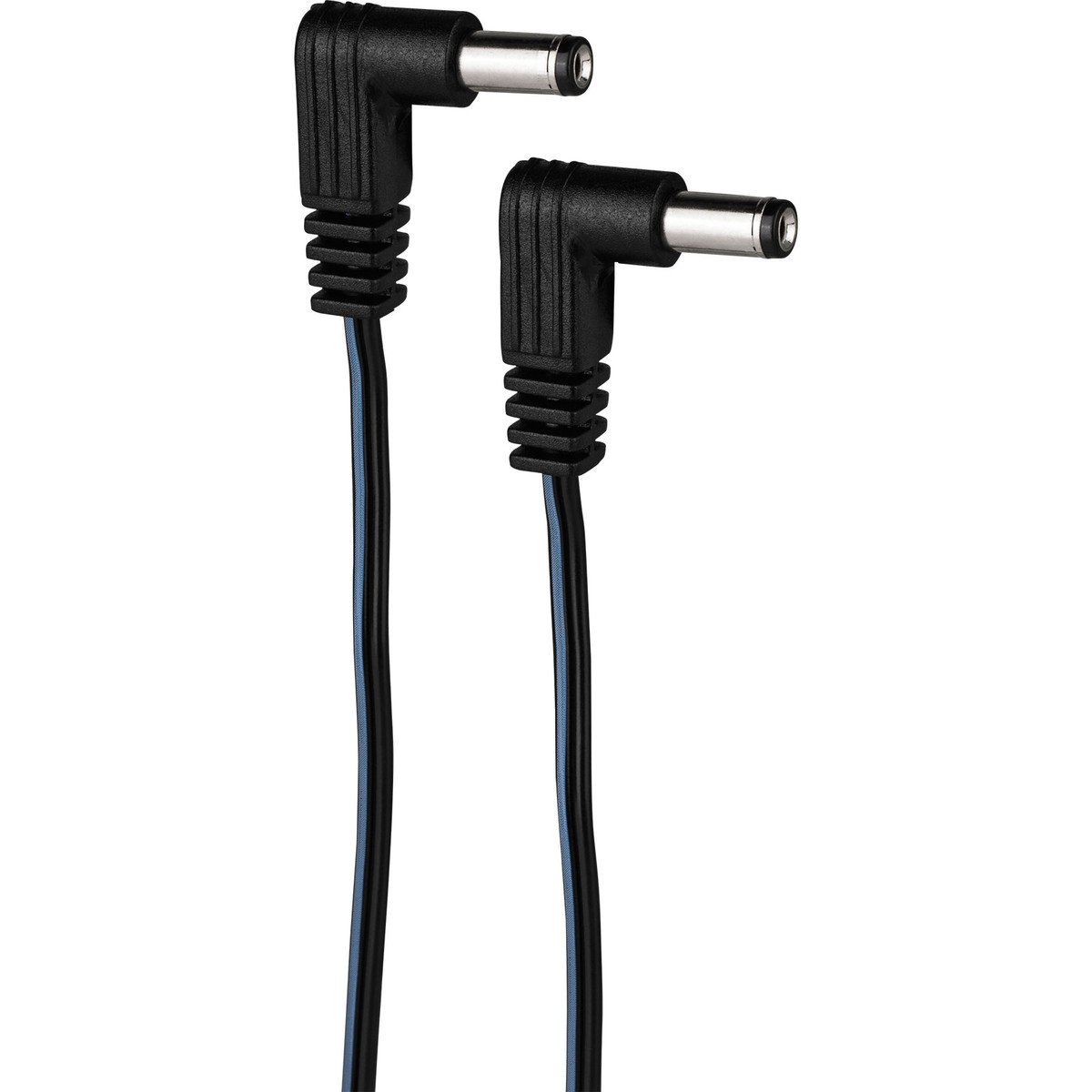
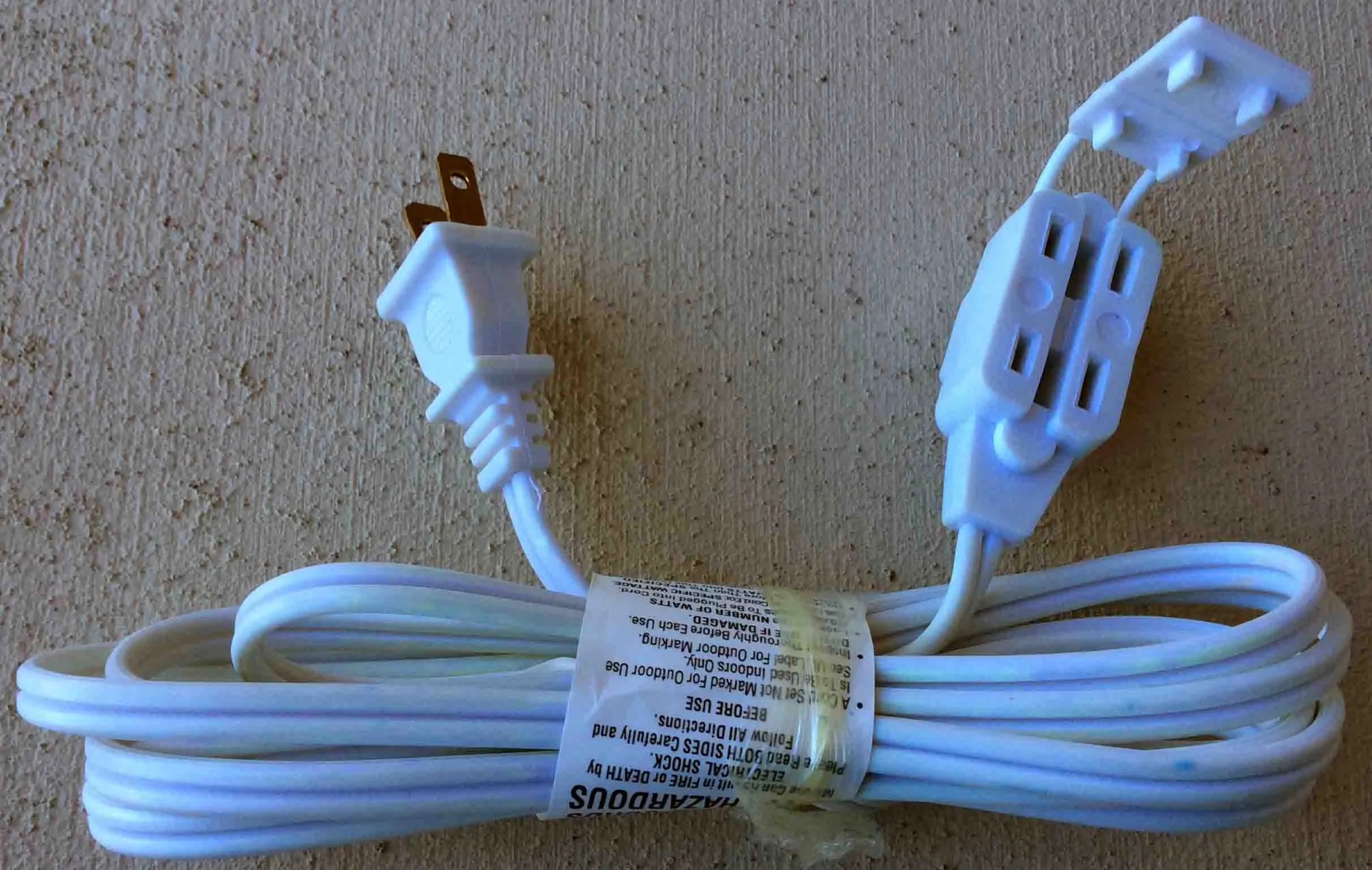
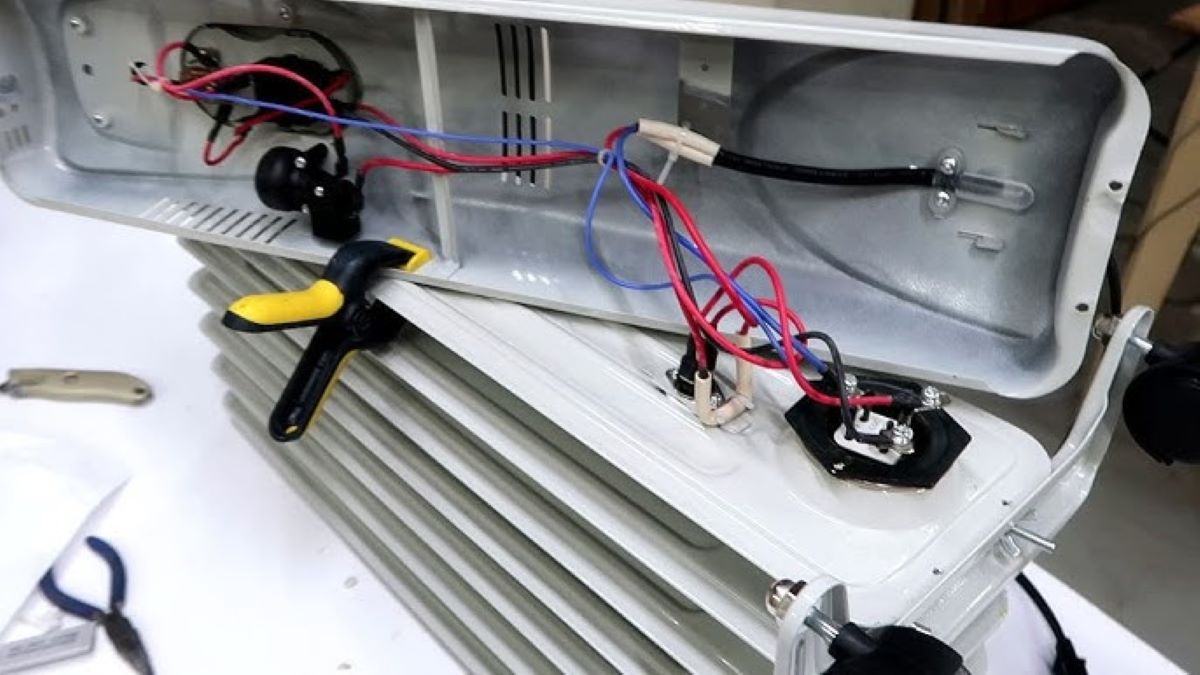
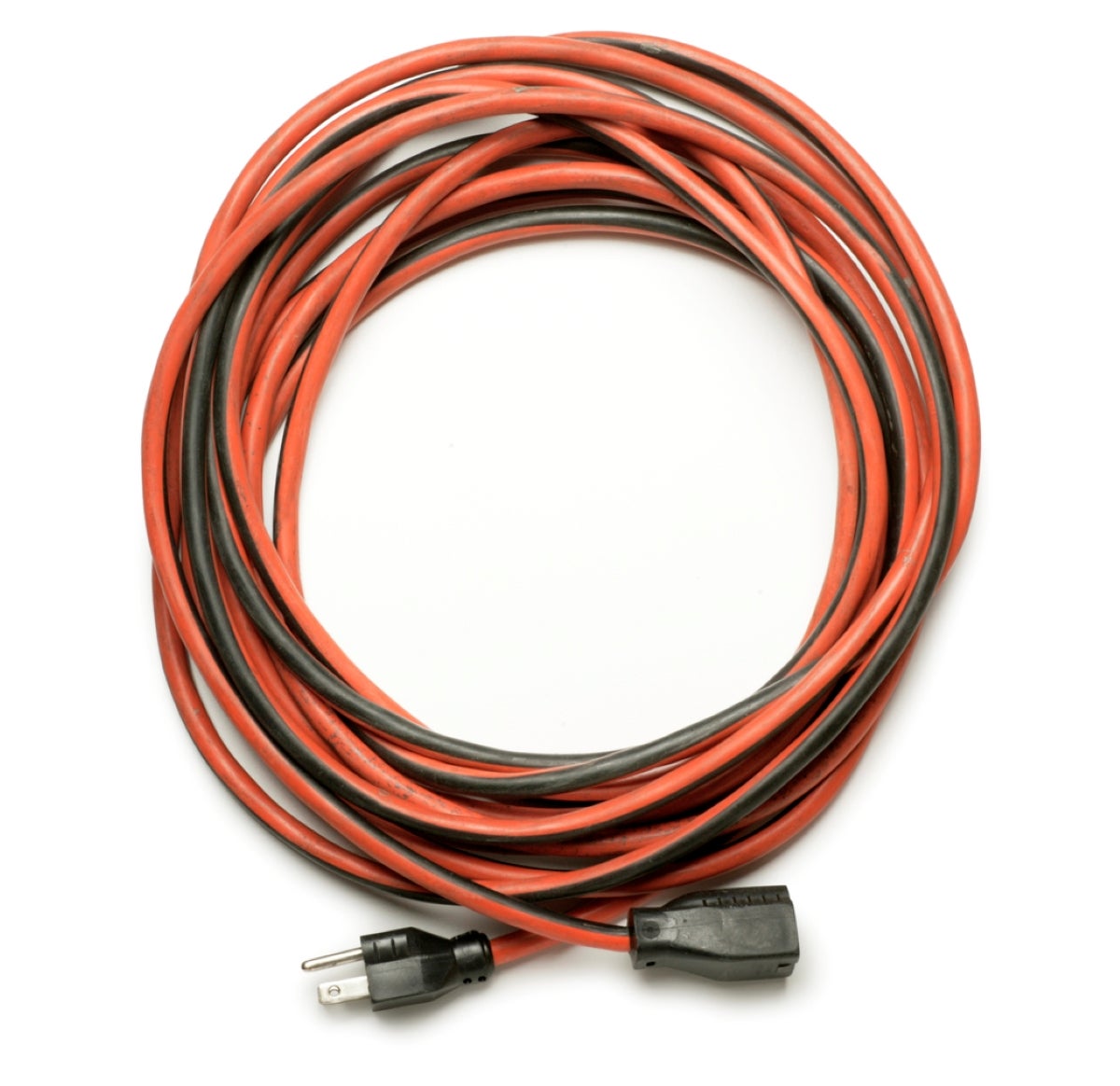
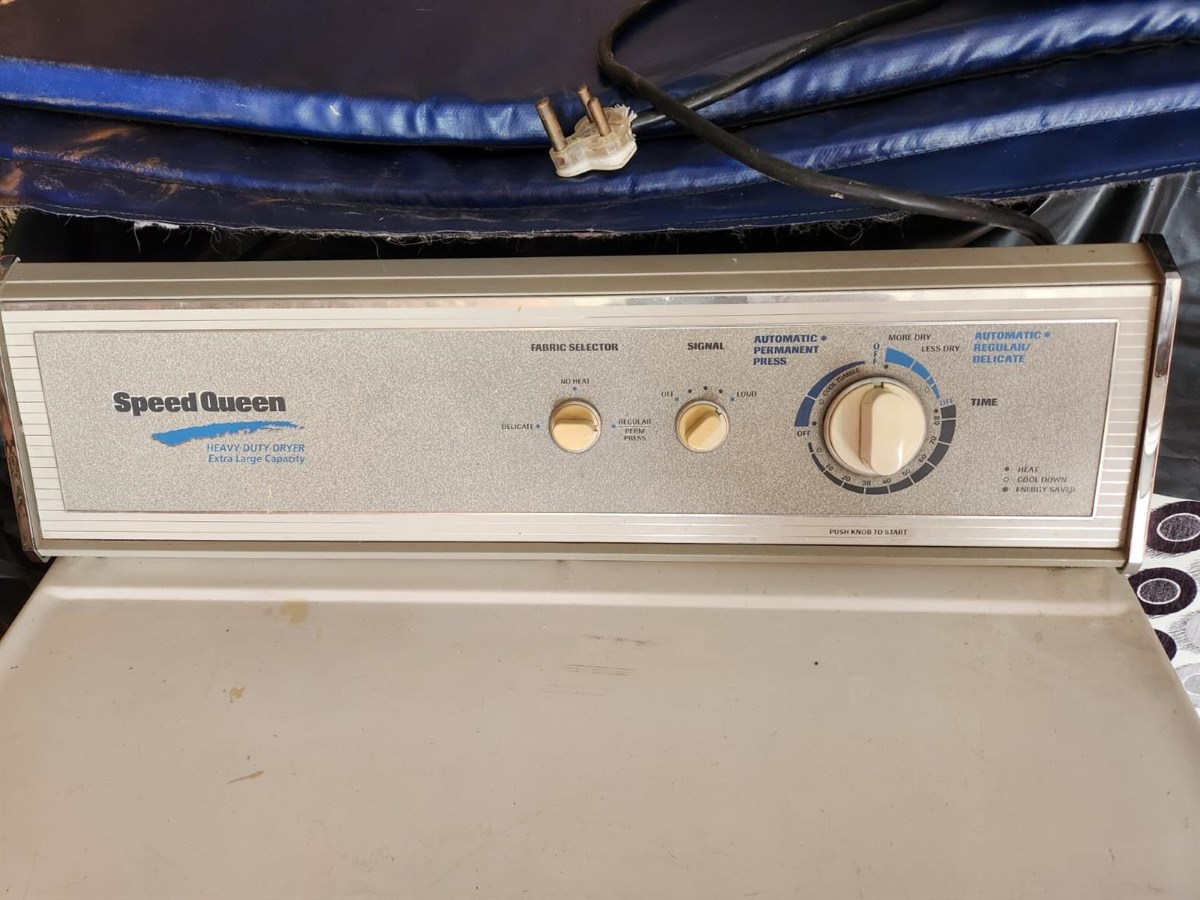
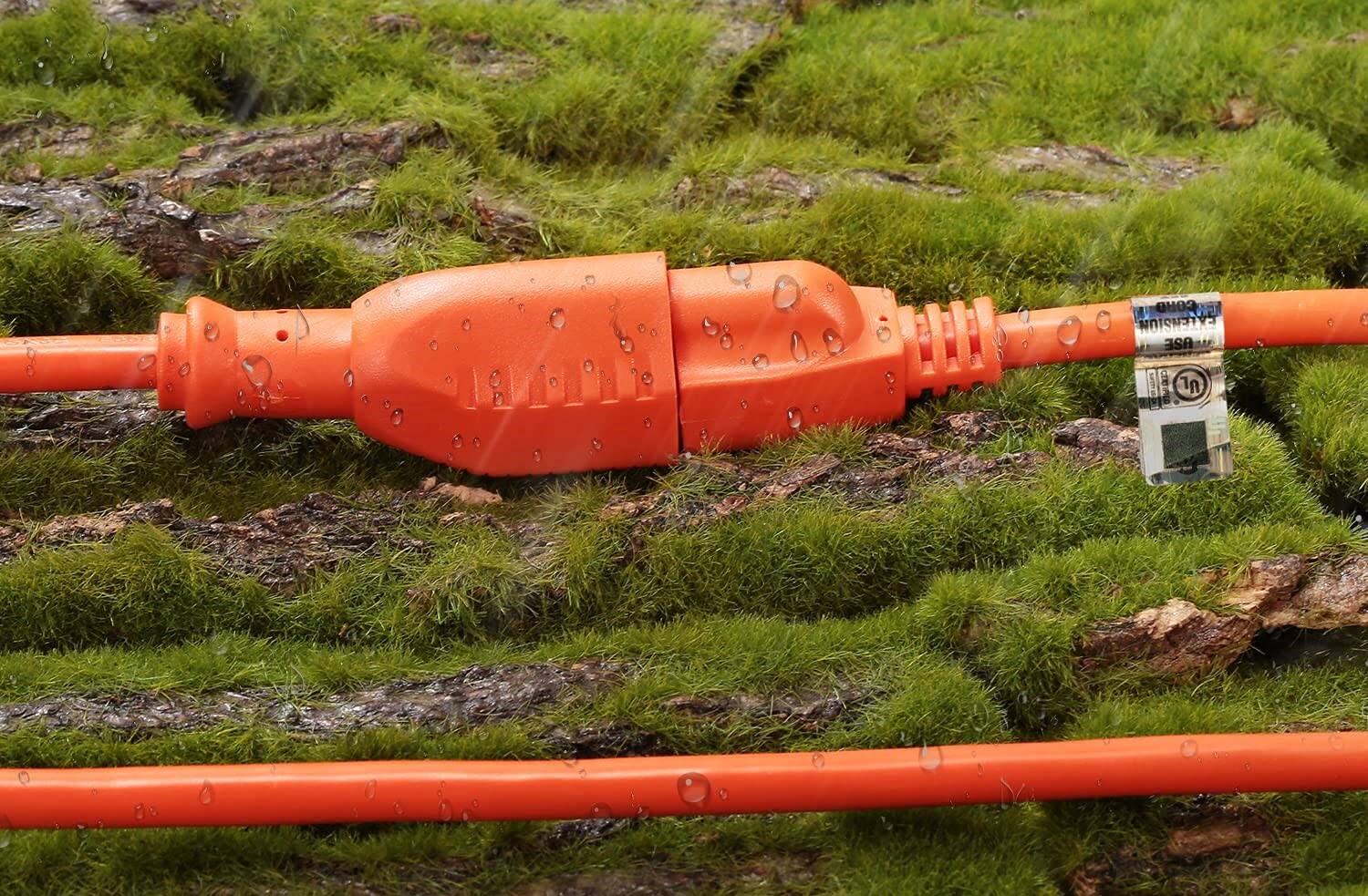
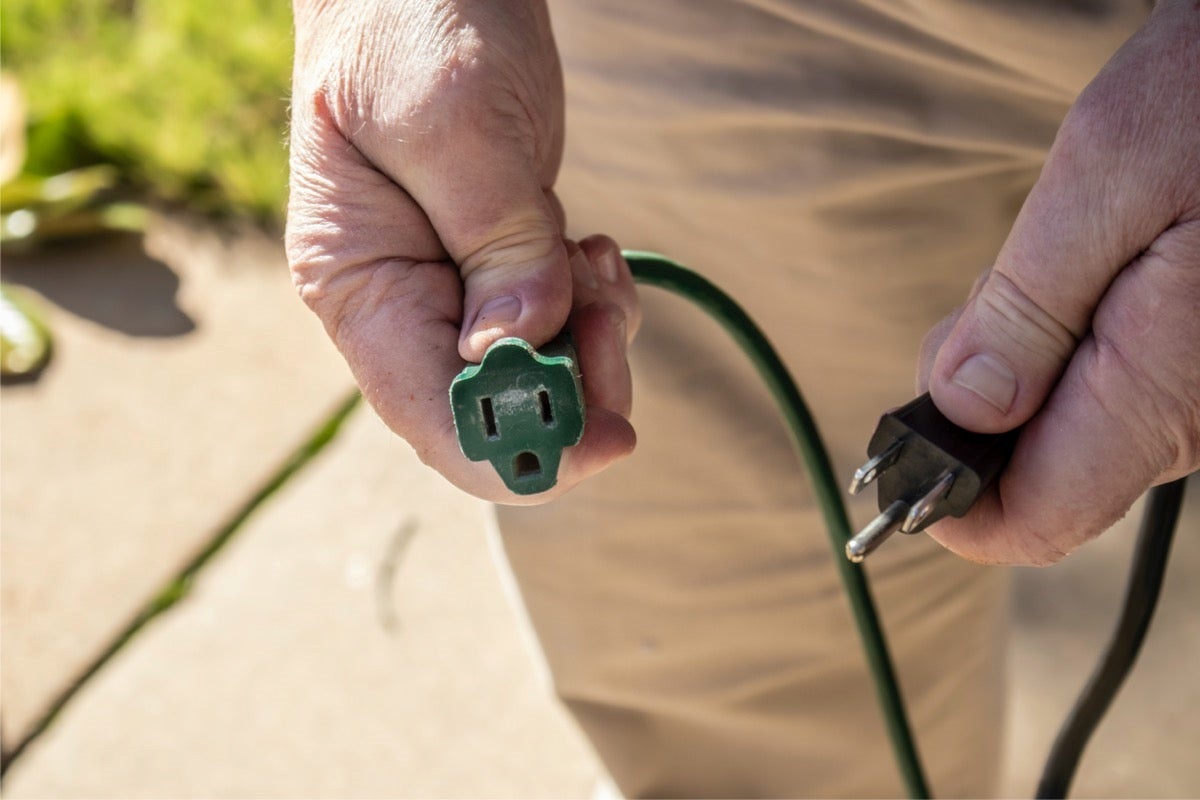
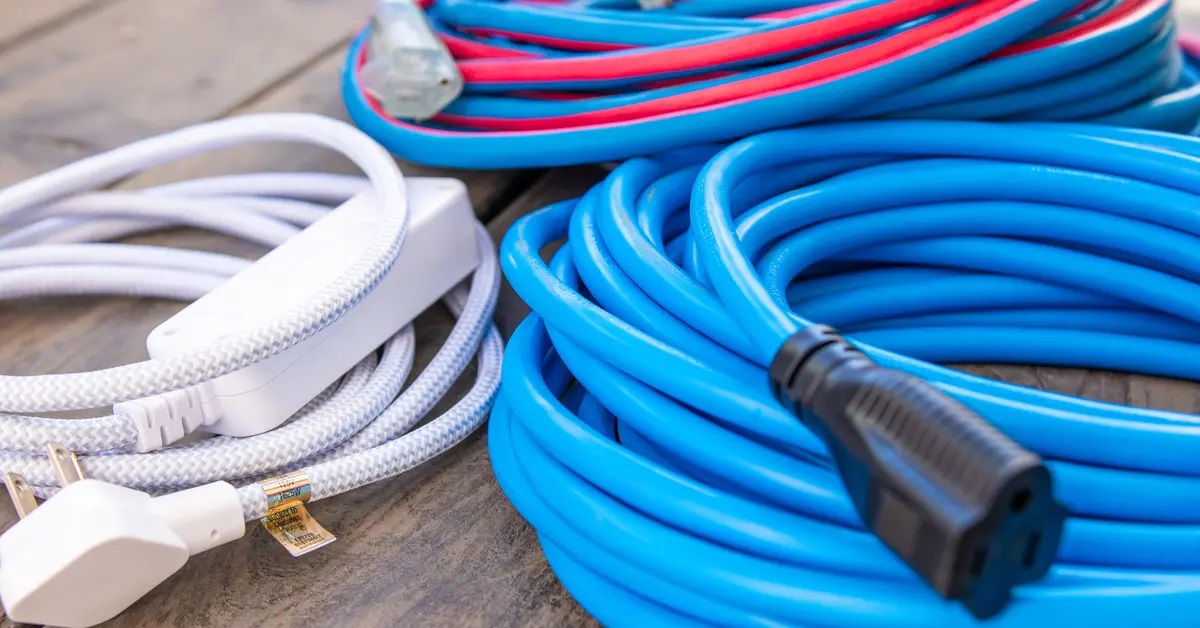
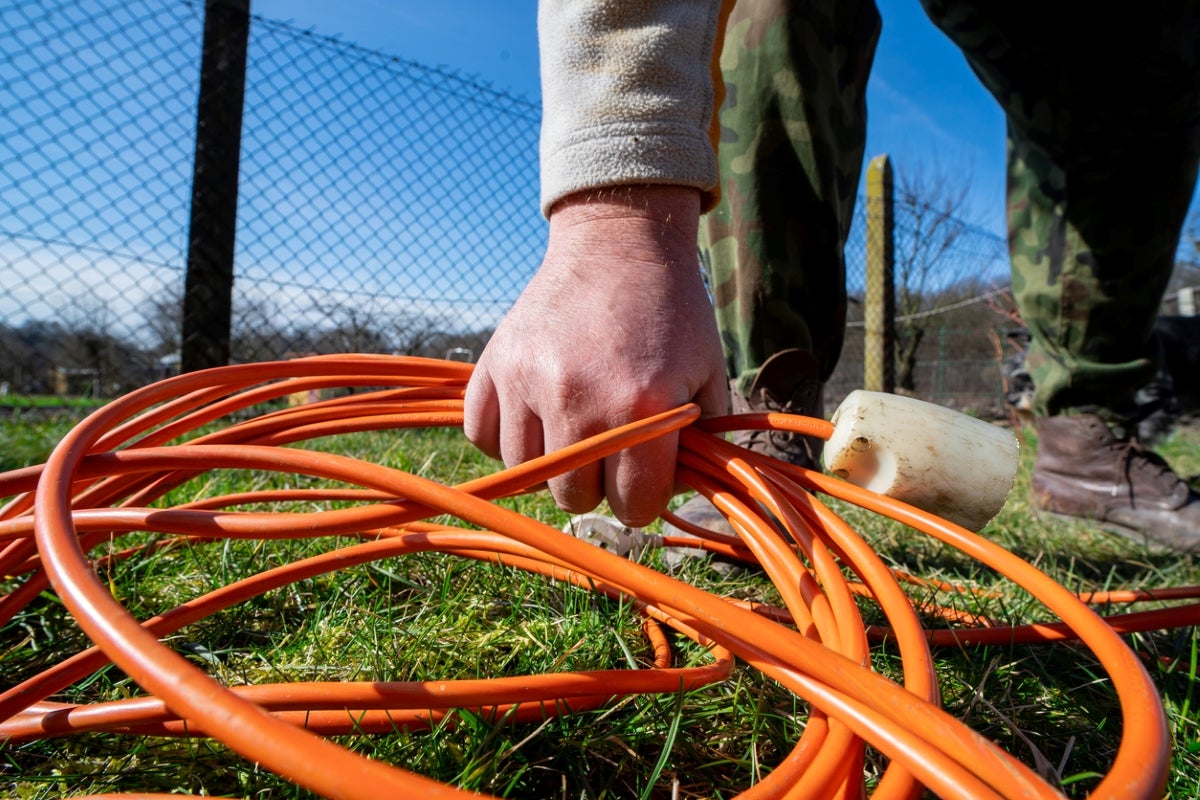
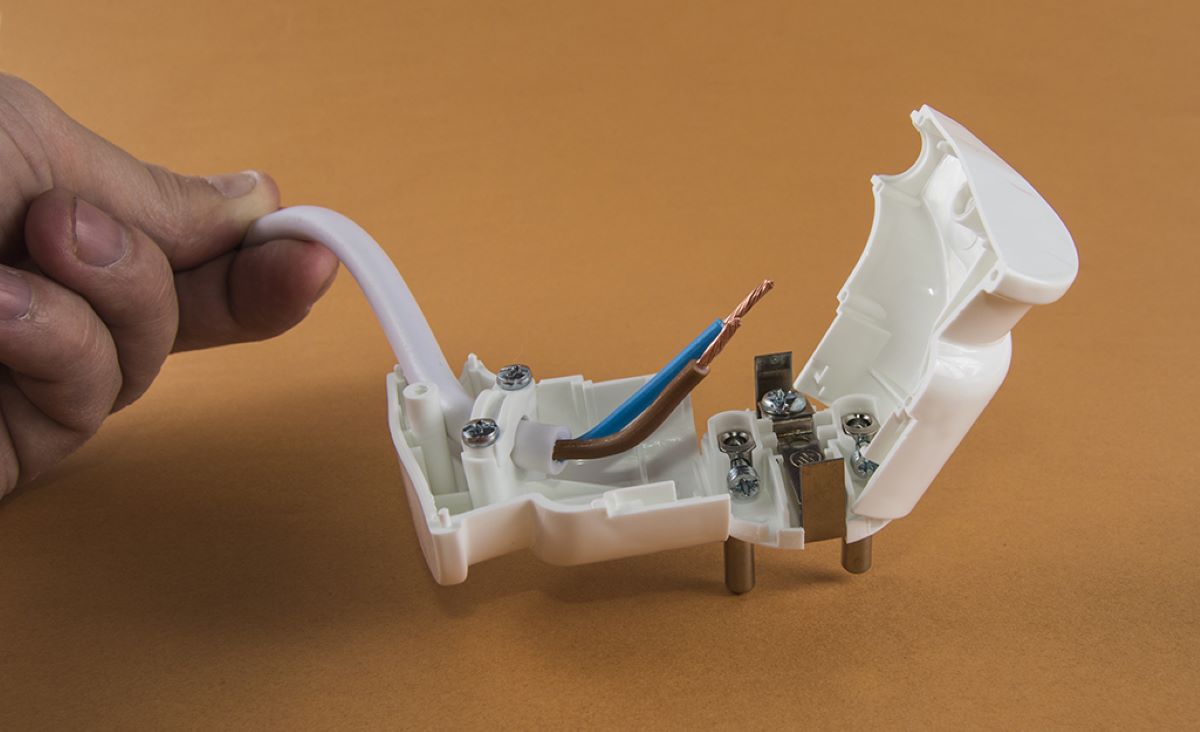
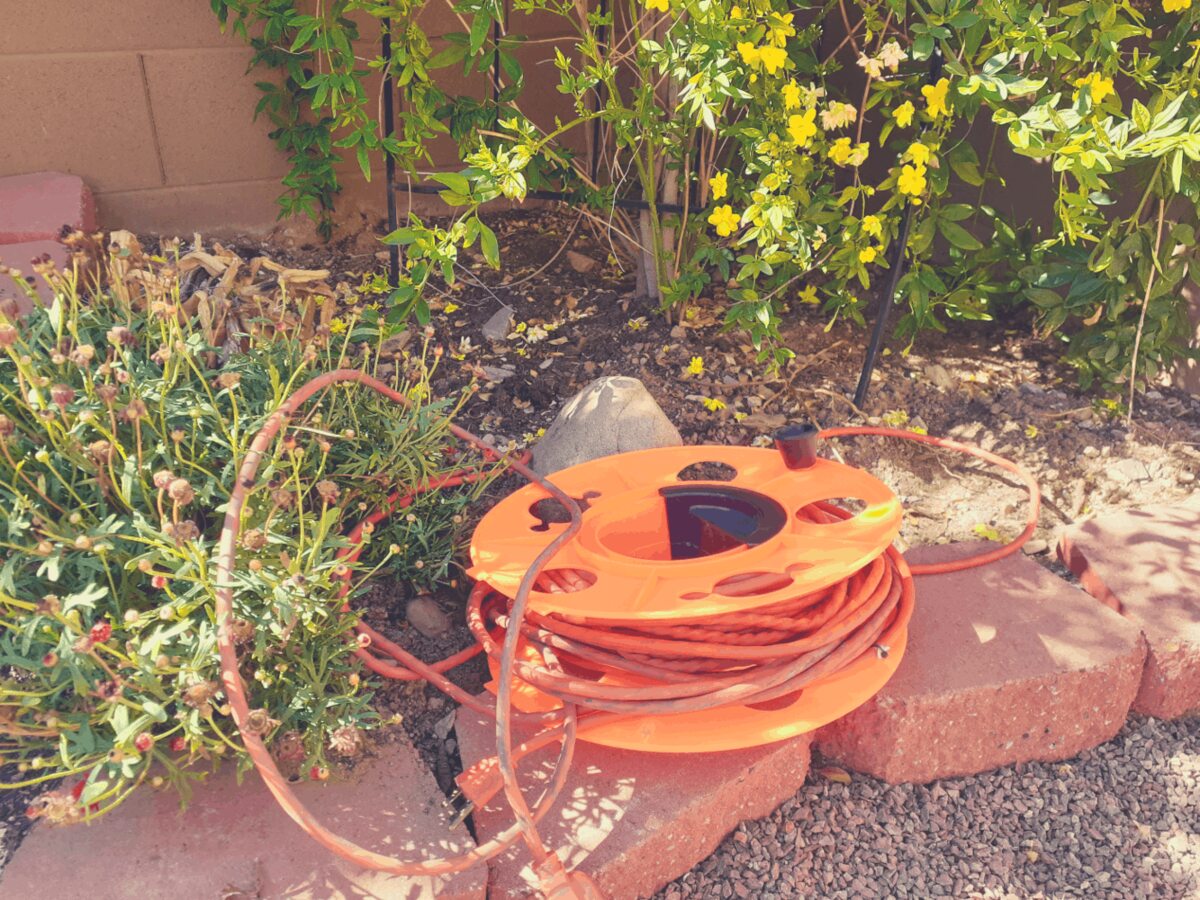

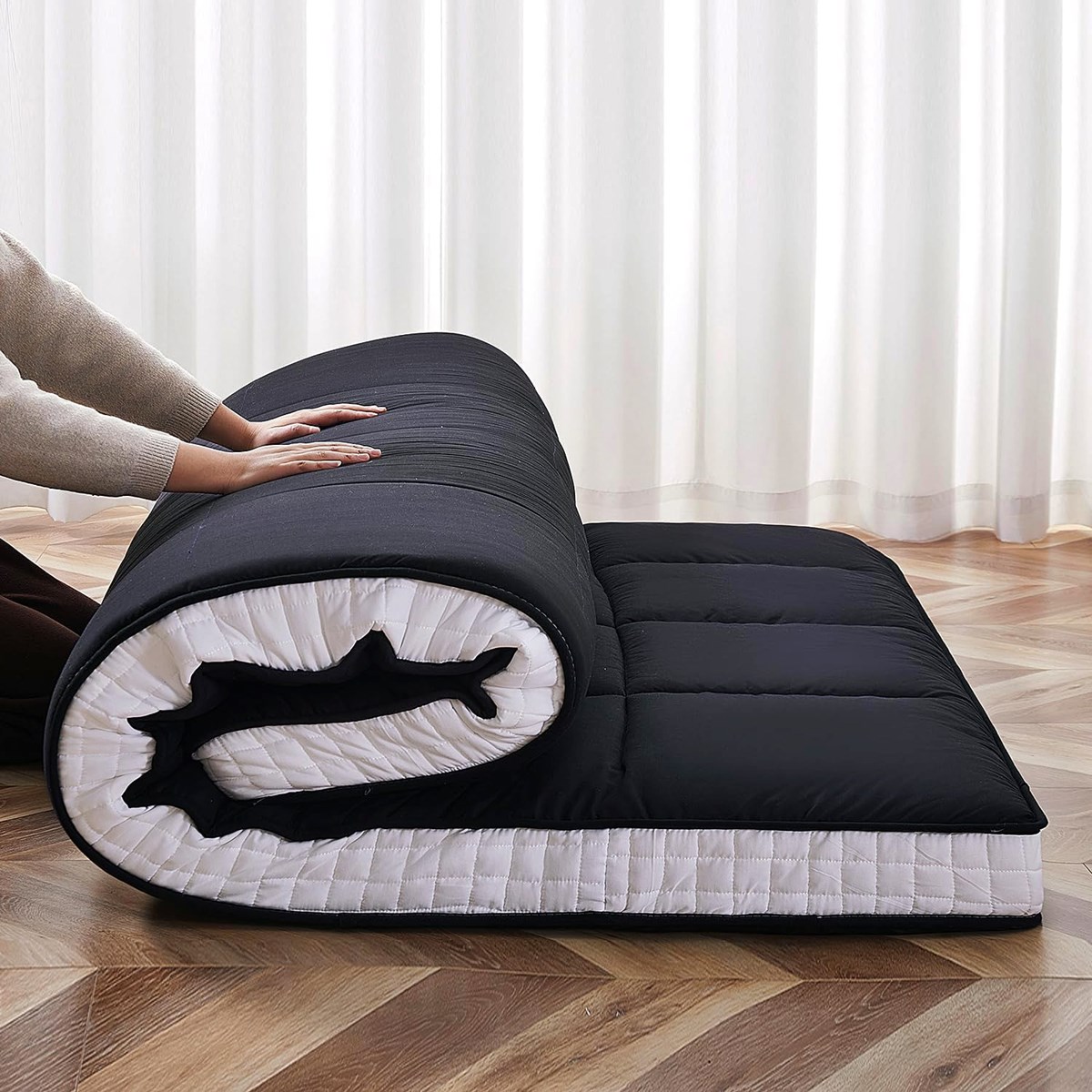

0 thoughts on “How Do You Roll Up An Extension Cord”